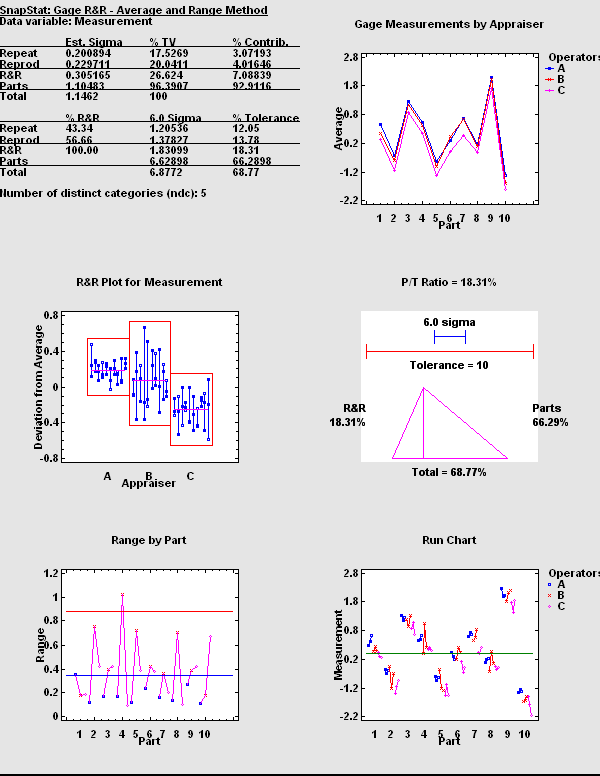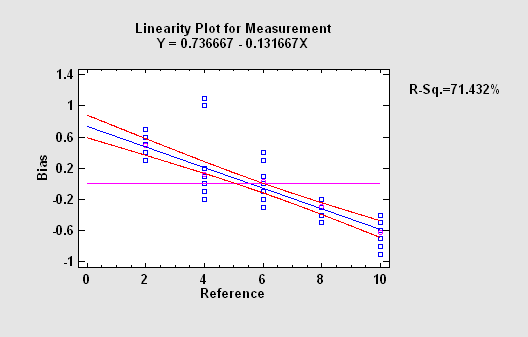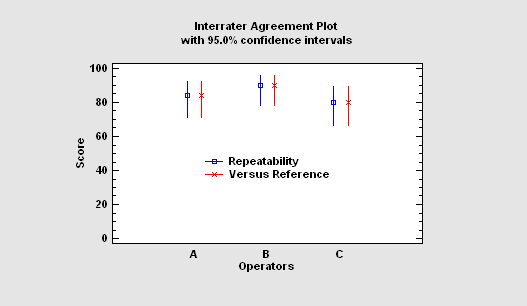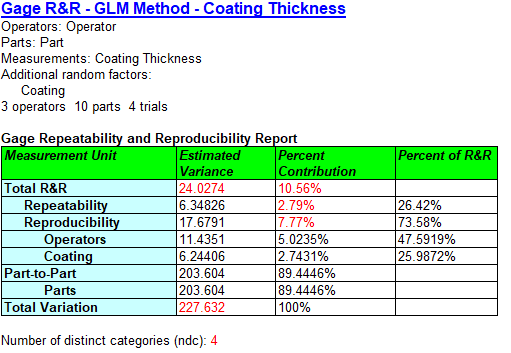Measurement systems analysis (MSA) is an assessment of variation contributed by the measuring system. When implementing any statistical method that relies on data, it is important to be sure that the systems that collect that data are both accurate and precise. A set of procedures, often referred to as "Gage Studies", are widely used to assess the quality of measurement systems. The following table shows the measurement systems analysis procedures in Statgraphics' systems analysis software.
| Procedure | Statgraphics Centurion 18/19 | Statgraphics Sigma express |
Statgraphics stratus |
Statgraphics Web Services |
StatBeans |
|---|---|---|---|---|---|
| Repeatability and Reproducibility of Measurement Data |  |
 |
 |
||
| Bias and Linearity of Measurement Data |  |
||||
| Repeatability and Reproducibility of Attribute Data |  |
||||
| Gage Studies: GLM Method (V19 only) |  |
When quantifying measurement error, it is common to separate the error into repeatability (error due to the instrument or measurement procedure) and reproducibility (error due to the appraiser). STATGRAPHICS systems Gage R&R analysis software implements the procedures suggested by the AIAG (Automotive Industry Action Group), including the average and range method, ANOVA method (with and without interaction), and the range method (for short studies).

More: Gage Study Setup.pdf,Gage R&R SnapStat.pdf,Gage Studies - ANOVA Method.pdf,Gage Studies - Average and Range Method.pdf,Gage Studies - Range Method.pdf

More: Gage Linearity and Accuracy.pdf

More: Gage Studies - Analytic Method.pdf,Gage Studies - Risk Analysis Method.pdf,Gage Studies - Signal Theory Method.pdf
The GLM Method estimates the repeatability and reproducibility of a measurement system based on a study in which m appraisers measure n items r times. It also estimates important quantities such as the total variation, the precision-to-tolerance ratio, the standard deviation of the measurement error, and the percent of study contribution from various error components. In addition to variation introduced by appraisers and parts, additional factors may also be included. The additional factors may be treated as having either fixed or random effects. Unlike the other Gage R&R procedures, this procedure can deal with unbalanced data.

More: Gage Studies - GLM Method.pdf or Watch Video

© 2025 Statgraphics Technologies, Inc.
The Plains, Virginia
CONTACT US
Have you purchased Statgraphics Centurion or Sigma Express and need to download your copy?
CLICK HERE